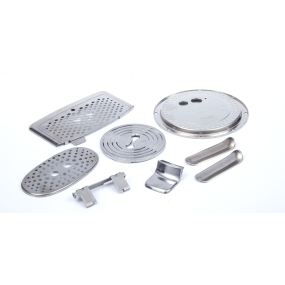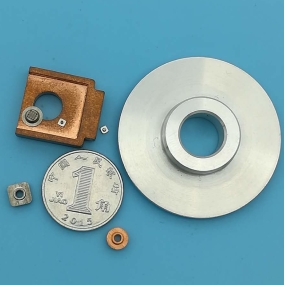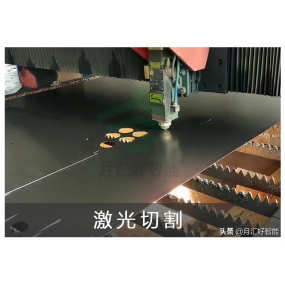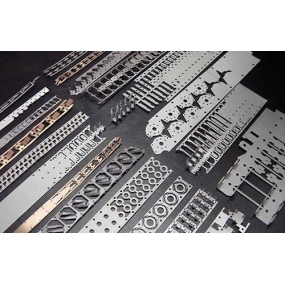Through the practice of stamping processing plants, it is proven that the thermal processing quality of molds has a significant impact on their functionality and service life. From the analysis and statistics of the causes of mold failure, it can be seen that over 40% of mold failure "accidents" are caused by improper heat treatment. Improper quencing and tempering processes during the manufacture of stamping molds can cause deformation of the product, ultimately leading to mold rupture.  1. Preparation for heat treatment: Based on the materials and requirements of different molds, operators need to choose annealing, normalizing, or quenching to prepare for heat treatment, in order to eliminate structural defects in the casting blank and improve the level of processing technology. In addition, proper preparation and heat treatment of mold raw materials can make the distribution of carbides more uniform, which is conducive to ensuring the quality of quenching and tempering and extending the lifespan of the mold.
1. Preparation for heat treatment: Based on the materials and requirements of different molds, operators need to choose annealing, normalizing, or quenching to prepare for heat treatment, in order to eliminate structural defects in the casting blank and improve the level of processing technology. In addition, proper preparation and heat treatment of mold raw materials can make the distribution of carbides more uniform, which is conducive to ensuring the quality of quenching and tempering and extending the lifespan of the mold.
2. Quenching and temperatura: This is a crucial step in the heat treatment of molds. If the temperature during quenching is too high, it can lead to increased brittlentia of the mold, resulting in deformation and ruption of the manufactured product during cooling, which seriously affects the service life of the mold. During the quenching and heating process of molds in stamping processing plants, operators should strictly follow the heat treatment process standards, especially attention to the occurrence of oxidation and decarburization. If conditions permit, vacuum heat treatment can be used as a processing method. In addition, the temperature should be carried out promptly after quenching, and different temperatures should be selected according to skill requirements.
This article is from EMAR Mold Co., Ltd. For more EMAR related information, please click on www.sjt-ic.com,


 English
English Spanish
Spanish Arabic
Arabic Portuguese
Portuguese Belarusian
Belarusian Japanese
Japanese Russian
Russian Icelandic
Icelandic Bulgarian
Bulgarian Azerbaijani
Azerbaijani Estonian
Estonian Irish
Irish Polish
Polish Persian
Persian Boolean
Boolean Danish
Danish German
German French
French Filipino
Filipino Finnish
Finnish Korean
Korean Dutch
Dutch Galician
Galician Catalan
Catalan Czech
Czech Croatian
Croatian Latvian
Latvian Romanian
Romanian Maltese
Maltese Malay
Malay Macedonian
Macedonian Norwegian
Norwegian Swedish
Swedish Serbian
Serbian Slovak
Slovak Slovenian
Slovenian Swahili
Swahili Thai
Thai Turkish
Turkish Welsh
Welsh Urdu
Urdu Ukrainian
Ukrainian Greek
Greek Hungarian
Hungarian Italian
Italian Yiddish
Yiddish Indonesian
Indonesian Vietnamese
Vietnamese Haitian Creole
Haitian Creole Spanish Basque
Spanish Basque








